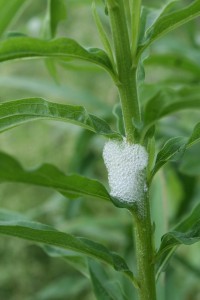 With all the rain we’ve been having this year there is quite an abundance of Snake Spit covering just about every Goldenrod I’ve come across. Someday I’ll have to actually take the time to find out where the name Snake Spit originated. The white frothy gobs of bubbly spit is not from a snake at all but from a small nymph called a Spittlebug. In late spring or early fall the adult Froghopper lays her eggs in the branches of plants, the following Spring when there is enough moisture the eggs hatch and the Froghopper nymph or Spittlebug begins it’s life cycle.
With all the rain we’ve been having this year there is quite an abundance of Snake Spit covering just about every Goldenrod I’ve come across. Someday I’ll have to actually take the time to find out where the name Snake Spit originated. The white frothy gobs of bubbly spit is not from a snake at all but from a small nymph called a Spittlebug. In late spring or early fall the adult Froghopper lays her eggs in the branches of plants, the following Spring when there is enough moisture the eggs hatch and the Froghopper nymph or Spittlebug begins it’s life cycle.
As soon as it hatches it begins to feed on the sap in the plants stem and produce the frothy spit you see clinging to the base of flower heads, or where the leaves connect to the stem of the plant. The spit that is produces keeps the nymph moist until it reaches the adult stage of its life cycle, without the moist environment it creates it would die. The bubbly mixture also serves as a thermal blanket for the bug keeping it cool in the hot afternoon sun and warm when the night time temperatures get colder. It also serves as a shelter keeping the nymph safe from Ladybugs, birds or other predators.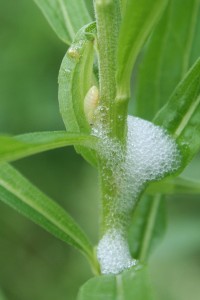 If you were to carefully scrape the spit away from the stem you can find anywhere from one to several Spittlebug nymphs per each gob of foam, usually I only find one nymph living in each.
If you were to carefully scrape the spit away from the stem you can find anywhere from one to several Spittlebug nymphs per each gob of foam, usually I only find one nymph living in each.
The Spittlebug nymph will reside in the foamy mixture for 4 to 6 weeks until it reaches the adult stage of its life cycle. They’re very well camouflaged and you have to look closely to find the nymphs once you remove the spit as they blend right in with the host plant. Once you start to disturb the frothy mixture they’ll try to escape and move away from the intrusion. They move fairly fast once they leave the protection of their spit glob. Once they become an adult Froghopper they will leave the protection of their foamy home to start the cycle all over gain.
Here’s a good shot of the Spittlebug nymph on a Goldenrod stem. That big dark spot is one of its eyes which like most insects is out of proportion to its body size. The spittle they create is more unsightly than harmful to the plant.
Checkout the Spittlebug flick on the MyNature Channel
http://www.youtube.com/user/MyNatureApps?feature=mhum#p/u/6/t8jhcYJTFvA Enoy the outdoors!! : )







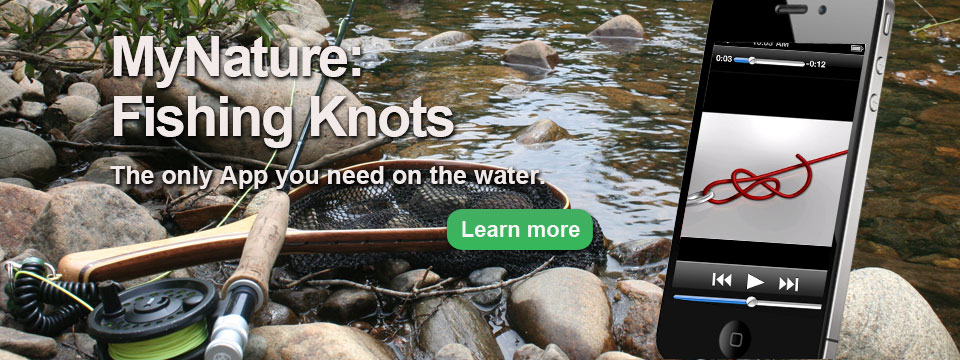

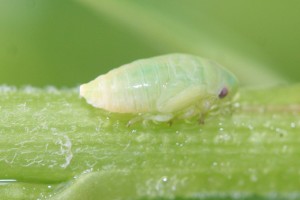
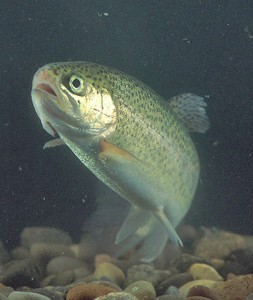





What Others Have to Say